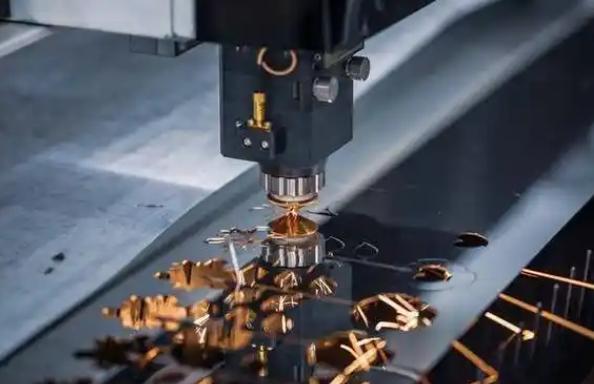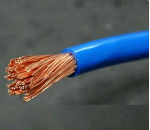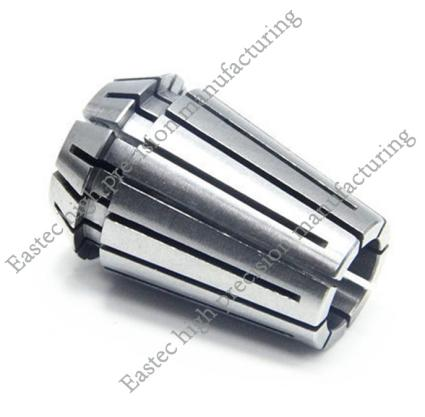
In the manufacturing industry, machining technology is a crucial step in parts processing, directly determining the quality, precision, and performance of the parts. Machining technology encompasses various aspects, including material selection, cutting processes, tool selection, machinery and equipment selection, process parameter adjustment, as well as the arrangement of processing sequence and procedures. All these factors have a significant impact on the precision, efficiency, and cost of parts processing. This article will analyze the influence of machining technology on parts processing from multiple perspectives.
I. The Impact of Material Selection
Material selection is the first and most critical step in the machining process. Different materials have varying mechanical and cutting properties, which directly affect the precision and difficulty of parts processing. For example, aluminum alloys are suitable for precision machining due to their good cutting performance; materials such as stainless steel, however, require appropriate cutting processes and tools due to their high hardness and toughness. Otherwise, increased cutting forces and accelerated tool wear can affect processing precision and efficiency.
II. The Impact of Cutting Processes and Tool Selection
The selection of cutting processes and tools is a key aspect of machining technology. The choice of cutting process directly determines the cutting force, heat, and residual area, thus affecting the machining precision and surface quality. For precision machining, high-precision cutting processes and tools are needed to ensure the required precision and surface roughness. Tool wear is also a significant factor affecting machining precision. Tool wear leads to changes in cutting force, heat, and residual area, impacting efficiency and precision. Therefore, it is necessary to regularly inspect and replace tools during the machining process to maintain precision and tool life.
III. The Impact of Machinery and Equipment Selection
Machinery and equipment are the carriers of machining technology, and their precision and stability directly affect the precision of parts processing. High-precision machining requires the selection of high-precision machine tools to ensure processing stability and precision. The rigidity of the machine tool and the stability of the worktable are also key factors affecting machining precision. Insufficient machine tool rigidity or poor worktable stability can lead to vibrations and deformations during processing, thus affecting precision. Therefore, factors such as precision, rigidity, and stability must be considered when selecting machine tools.
IV. The Impact of Process Parameter Adjustment
The adjustment of process parameters significantly affects the precision and efficiency of machining. The choice of cutting speed, feed rate, and cutting depth directly impacts the cutting force, heat, and residual area, influencing machining precision and surface quality. Rational selection and adjustment of process parameters can reduce cutting forces and thermal deformation, improving precision and efficiency. Therefore, it is necessary to continuously adjust process parameters based on actual conditions to achieve the best machining results.
V. The Impact of Processing Sequence and Procedure Arrangement
The processing sequence and procedure arrangement also have a significant impact on the precision of parts processing. A reasonable processing sequence can reduce the amount of remaining stock and deformation, improving precision. For parts with multiple procedures, a well-arranged process can avoid cumulative errors, enhancing overall machining precision. The衔接 and transition between processes must also consider their impact on precision. For example, processing after heat treatment should wait until the workpiece has fully cooled to avoid deformation and errors caused by temperature changes.
VI. The Impact of Environmental Factors
Environmental factors are also crucial in affecting machining precision. Environmental temperature, humidity, and vibration can all impact the precision and stability of machine tools. For instance, in high-temperature environments, machine tool components can deform due to thermal expansion and contraction, affecting precision. Additionally, vibration can cause instability in machine tools, leading to a decrease in machining precision. Therefore, it is necessary to control environmental factors during the machining process to ensure machine tools operate under stable conditions.
Conclusion
In conclusion, machining technology has a multifaceted impact on the precision, efficiency, and cost of parts processing. Considering and optimizing machining technology from aspects such as material selection, cutting processes and tool selection, machinery and equipment selection, process parameter adjustment, processing sequence and procedure arrangement, as well as environmental factors can effectively improve the precision and efficiency of parts processing and reduce production costs. With the continuous development of the manufacturing industry and technological advancements, it is believed that more innovative methods and technologies will be applied to machining technology, bringing more opportunities and challenges to the development of the manufacturing industry.





 Customer service 1
Customer service 1  Customer service 2
Customer service 2